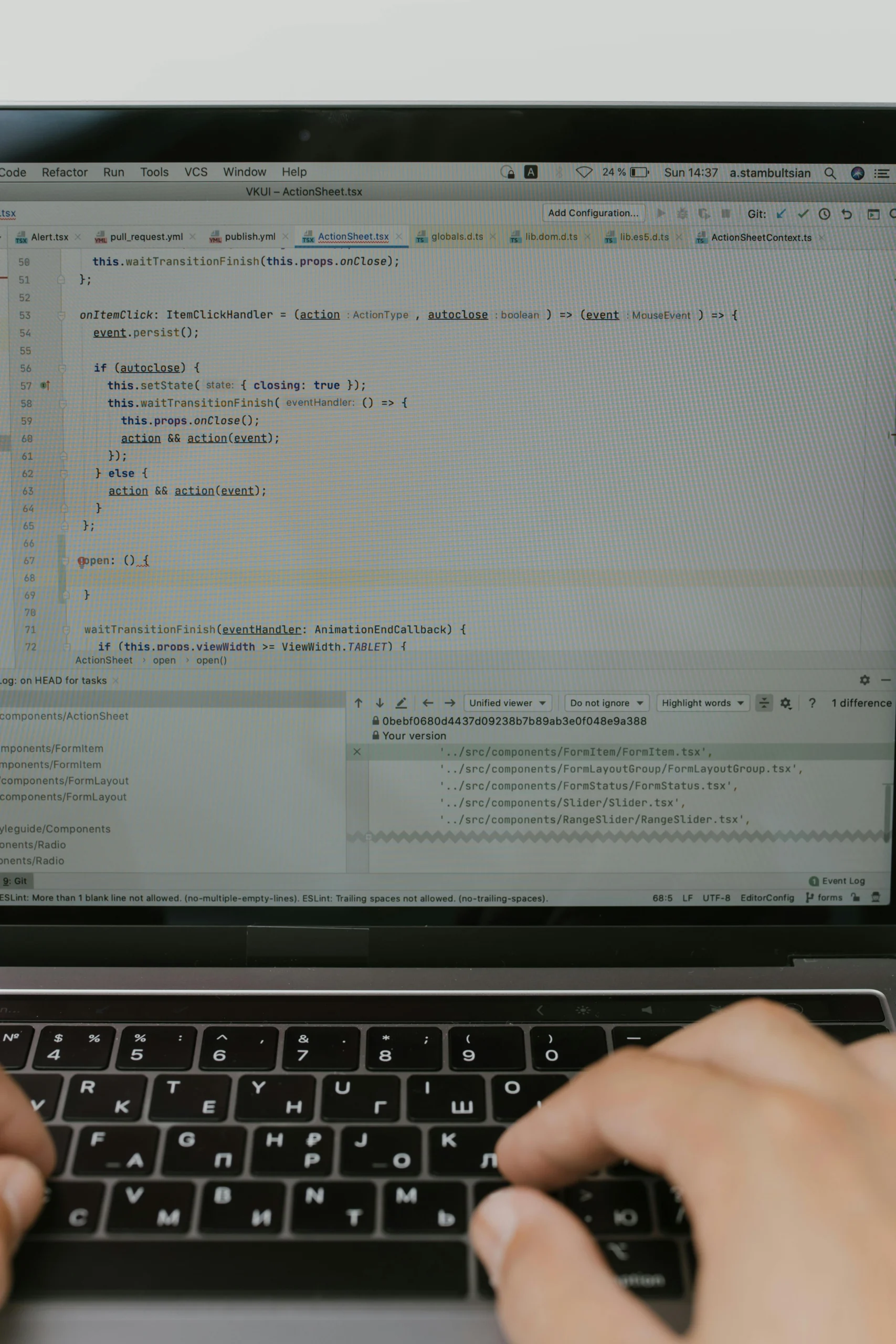Event-driven architecture (EDA) is a design paradigm where systems react to events as they occur, enabling real-time processing and responsiveness. This contrasts with traditional request-driven models by prioritizing asynchronous communication and event notification. By implementing EDA, organizations can achieve greater agility and faster decision-making, which is critical in fast-paced environments.
Despite its advantages, adopting EDA introduces complexity in managing distributed systems and ensuring data consistency across platforms. Organizations must address challenges related to event storage, ordering, and error handling. Additionally, robust monitoring tools are necessary to track event flows and troubleshoot issues promptly.
The implications of widespread EDA adoption include enhanced scalability and the ability to integrate diverse systems seamlessly. However, failures in event management can lead to system downtime or inconsistent application states, highlighting the need for rigorous architecture design and testing. Overall, EDA represents a strategic move toward more responsive and resilient IT infrastructures.
👉 Pročitaj original: MIT Technology Review








